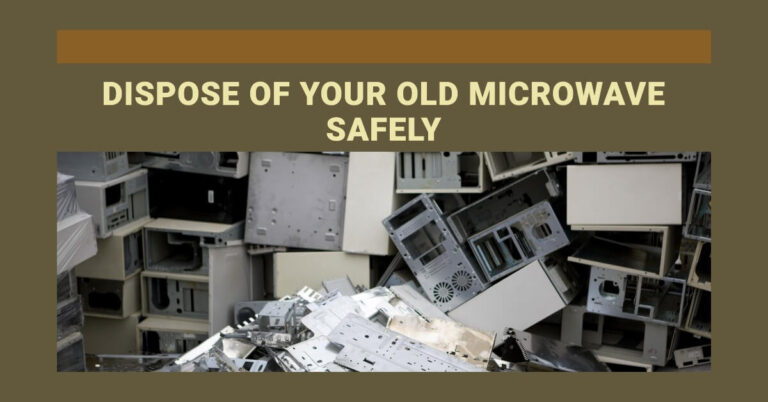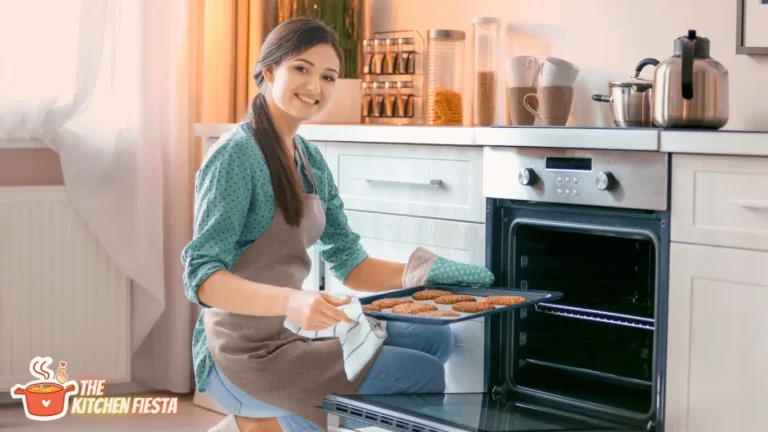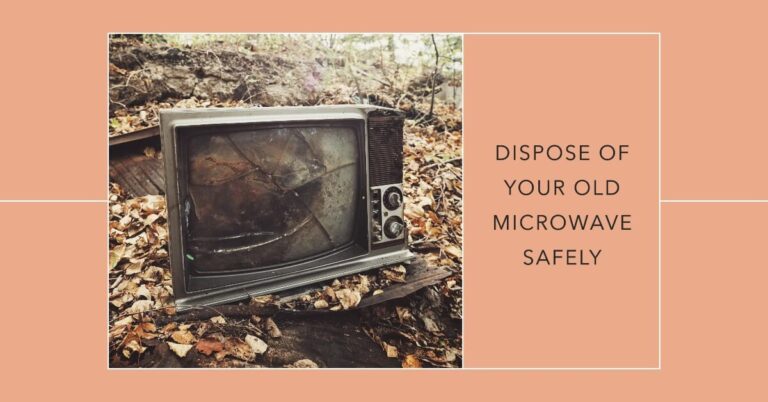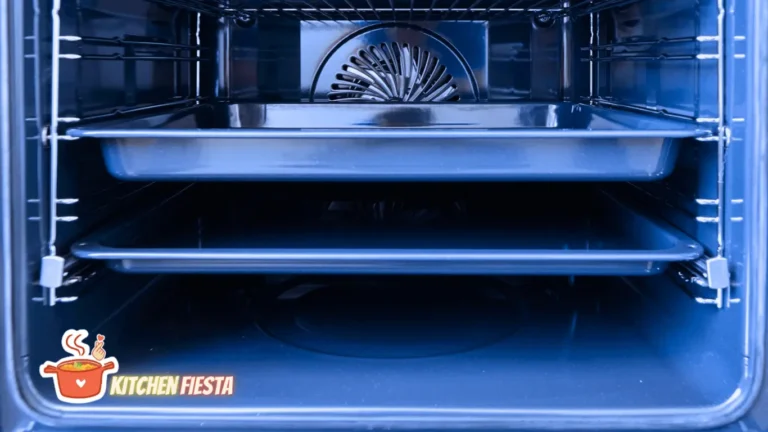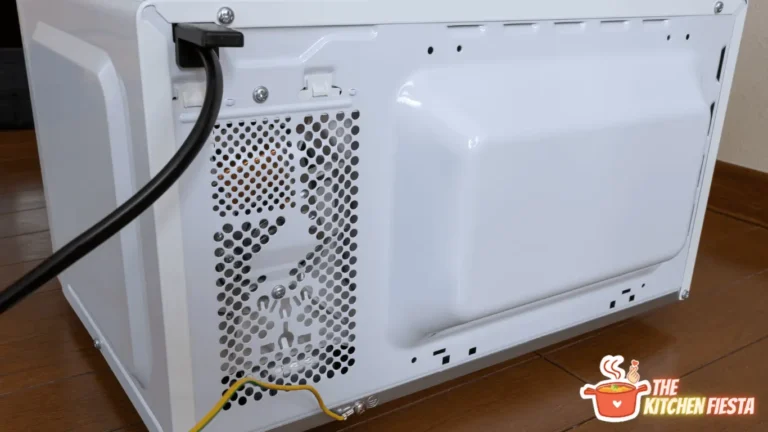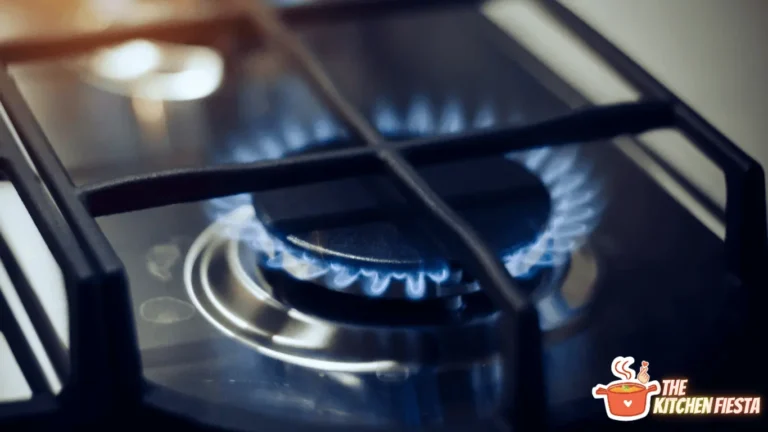Can Stainless Steel Pan Go In The Oven?
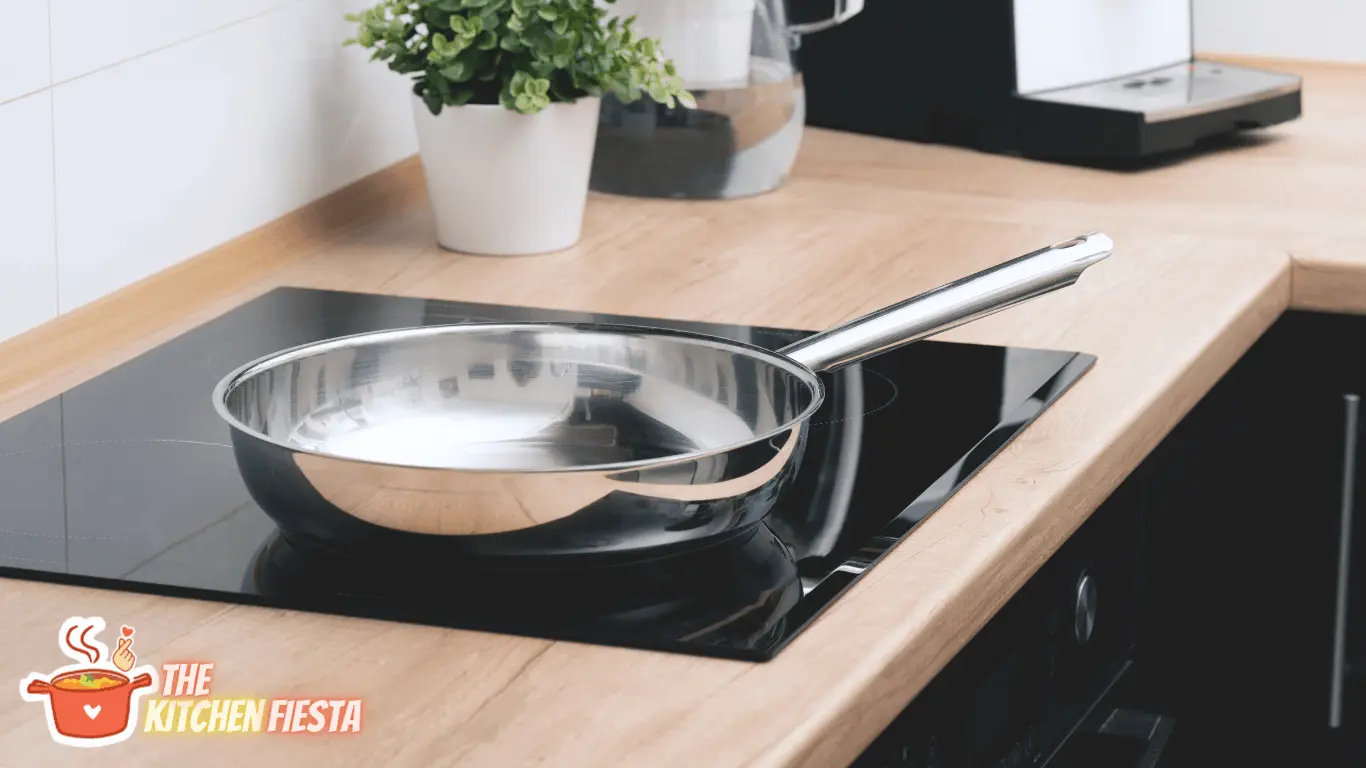
If you are wondering if stainless steel pans can go in the oven, the answer is yes, they are generally safe to use. Stainless steel cookware is popular in many kitchens due to its durability and versatility. However, before putting your stainless steel pan in the oven, check the manufacturer’s instructions to ensure it’s oven-safe and know the maximum temperature limit it can withstand. Typically, stainless steel pans can handle temperatures up to 500-600°F, but it’s best to confirm the limit for your specific pan.
Also, make sure that any handles or lids on the pan are made of oven-safe materials, as wooden or plastic components can get damaged or melted in the oven.
But if you are still hungry for information about stainless steel pans, go in the oven. You only have to read this article once and never look at another blurb on this topic. It’s all good. We will tell you everything you need to know about stainless steel pan safety for the oven. Making a delicious meal when using it is such a simple task!
Stainless Steel Cookware and Oven Use
What is Stainless Steel Cookware?
Stainless steel cookware is made from a combination of metals, including iron, chromium, and nickel. This material is known for its durability, corrosion resistance, and non-reactivity with food. It is also a popular choice for cookware because it is easy to clean and maintain.
Can You Put Stainless Steel Pans in the Oven?
Yes, stainless steel pans are oven safe and can withstand high temperatures. However, not all stainless steel cookware is suitable for oven use. Pans with non-steel handles or glass lids may not be oven safe, and those with non-stick coating or silicone-wrapped handles may have lower heat tolerance.
What Temperature Can Stainless Steel Pans Withstand?
Stainless steel pans can typically withstand temperatures of up to 500-600°F in the oven. Check the manufacturer’s instructions to ensure you don’t exceed the manufacturer’s recommended temperatures. Using a pan at a temperature higher than its recommended limit can cause damage to the pan, such as warping or discoloration.
When placing stainless steel pans in the oven, it is recommended to use oven mitts or potholders to avoid burns. It is also important to avoid placing the pan directly on the oven rack, as this can cause uneven heating and potential damage to the pan.
Advantages and Disadvantages of Using Stainless Steel Cookware in the Oven
Advantages of Using Stainless Steel Cookware in the Oven
Stainless steel cookware is popular with many home cooks and professional chefs. One of the main advantages of using stainless steel cookware in the oven is its durability. Stainless steel is a strong, sturdy material that can withstand high temperatures without warping or cracking.
Another advantage of using stainless steel cookware in the oven is its heat conductivity. Stainless steel is a poor conductor of heat. Still, many stainless steel pans are designed with a layer of aluminum or copper in the base, which helps to distribute heat evenly throughout the pan. This makes stainless steel cookware ideal for cooking dishes that require a consistent temperature throughout the cooking process.
Stainless steel is also a non-reactive metal, so that it won’t react with acidic or alkaline foods. This makes it a great choice for cooking dishes that contain ingredients like tomatoes, citrus fruits, or vinegar.
Disadvantages of Using Stainless Steel Cookware in the Oven
One of the main disadvantages of using stainless steel cookware in the oven is its high cost. Stainless steel cookware is significantly more expensive than other types of cookware, such as non-stick or cast iron.
Another disadvantage of using stainless steel cookware in the oven is that it can be difficult to clean. Stainless steel is prone to staining and discoloration, and removing burnt-on food or stains from the pan’s surface can be challenging.
Finally, not all stainless steel cookware is oven-safe. Some lower-quality stainless steel pans may warp or crack when exposed to high temperatures in the oven. It’s essential to choose high-quality stainless steel cookware designed for the oven to avoid these issues.
Advantages
- Durable
- High Cost
- Heat Conductivity
Disadvantages
- Difficult to Clean
- Non-Reactive Metal
- Not all Stainless Steel Cookware is Oven-Safe
Tips for Using Stainless Steel Cookware in the Oven
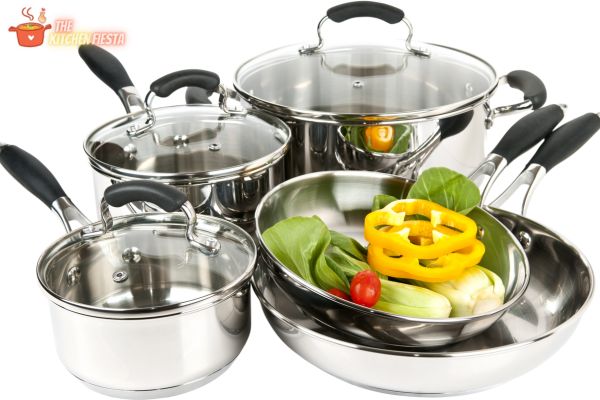
When using stainless steel cookware in the oven, there are a few things to remember to ensure that your cookware is safe and lasts for a long time. Here are some tips to help you use your stainless steel cookware in the oven:
1. Preheating the Oven
Before placing your stainless steel cookware in the oven, preheat the oven to the desired temperature. This will ensure that the cookware heats up evenly and your food cooks properly. Additionally, it is recommended that you allow your cookware to come to room temperature before placing it in the oven to avoid any potential damage.
2. Using Oven-Safe Handles
When using stainless steel cookware in the oven, it is important to ensure the handles are oven-safe. Wooden and plastic handles are not oven-safe, but baking silicone is safe at temperatures up to 428°F. Most high-quality stainless steel cookware is rated for temperatures up to 500°F. Still, it is always a good idea to check with the manufacturer.
3. Avoiding Abrasive Cleaners
If you want to maintain the look and performance of your stainless steel cookware, avoid using abrasive cleaners. Instead, use a gentle cleaner like mild soapy water, vinegar, and warm water. Baking soda and lemon can also be effective for removing tough stains. A product like Bar Keeper’s Friend can help remove discoloration or difficult burnt-on foods like sugar.
Conclusion
In short, stainless steel pans can be safely used in the oven if labeled as oven-safe and have no plastic or rubber parts. However, it’s crucial to follow specific guidelines to avoid damaging the pan or the food, such as preheating the oven, using protective gear, avoiding sudden temperature changes, and using a baking sheet or aluminum foil. By doing so, users can achieve optimal results and versatility in their cooking. It’s essential to read the manufacturer’s instructions before using any cookware in the oven to ensure safety and effectiveness.
FAQs
Can I put a stainless steel pan with a plastic handle in the oven?
No, plastic handles are not oven-safe. If you have a stainless steel pan with a plastic handle, remove the handle before placing the pan in the oven.
Can I put a stainless steel pan with a wooden handle in the oven?
No, wooden handles are not oven-safe. If you have a stainless steel pan with a wooden handle, remove the handle before placing the pan in the oven.
Can I put a stainless steel pan with a silicone handle in the oven?
It depends on the temperature. Silicone handles are oven-safe up to a certain temperature, usually around 450°F. Check the manufacturer’s instructions to see if your pan is safe to use in the oven with the silicone handle.
Can I put a stainless steel pan with a non-stick coating in the oven?
It depends on the type of non-stick coating. Some non-stick coatings are not oven-safe and can release toxic fumes at high temperatures. Check the manufacturer’s instructions to see if your pan is safe to use in the oven with the non-stick coating.
Can I put a stainless steel pan with a copper bottom in the oven?
Yes, stainless steel pans with a copper bottom are safe in the oven. Copper is a good conductor of heat and can help distribute heat evenly in the pan.

